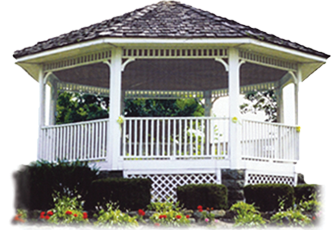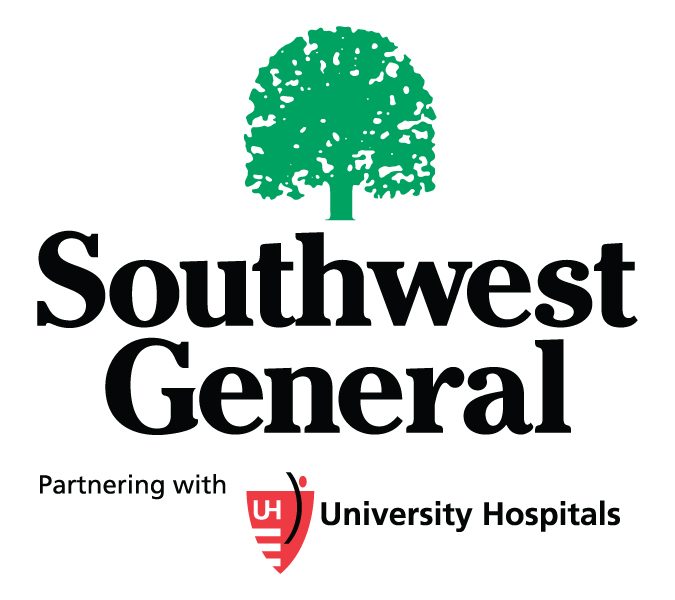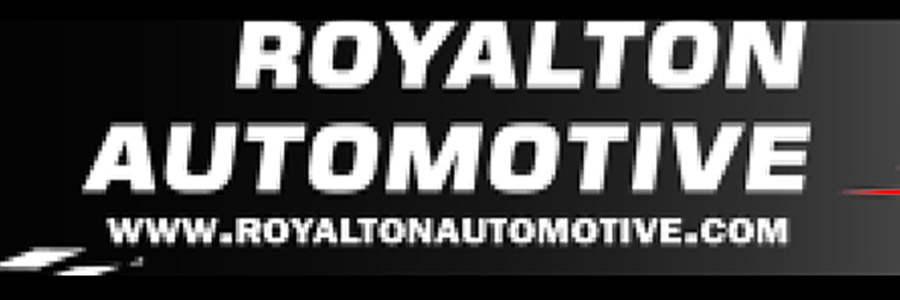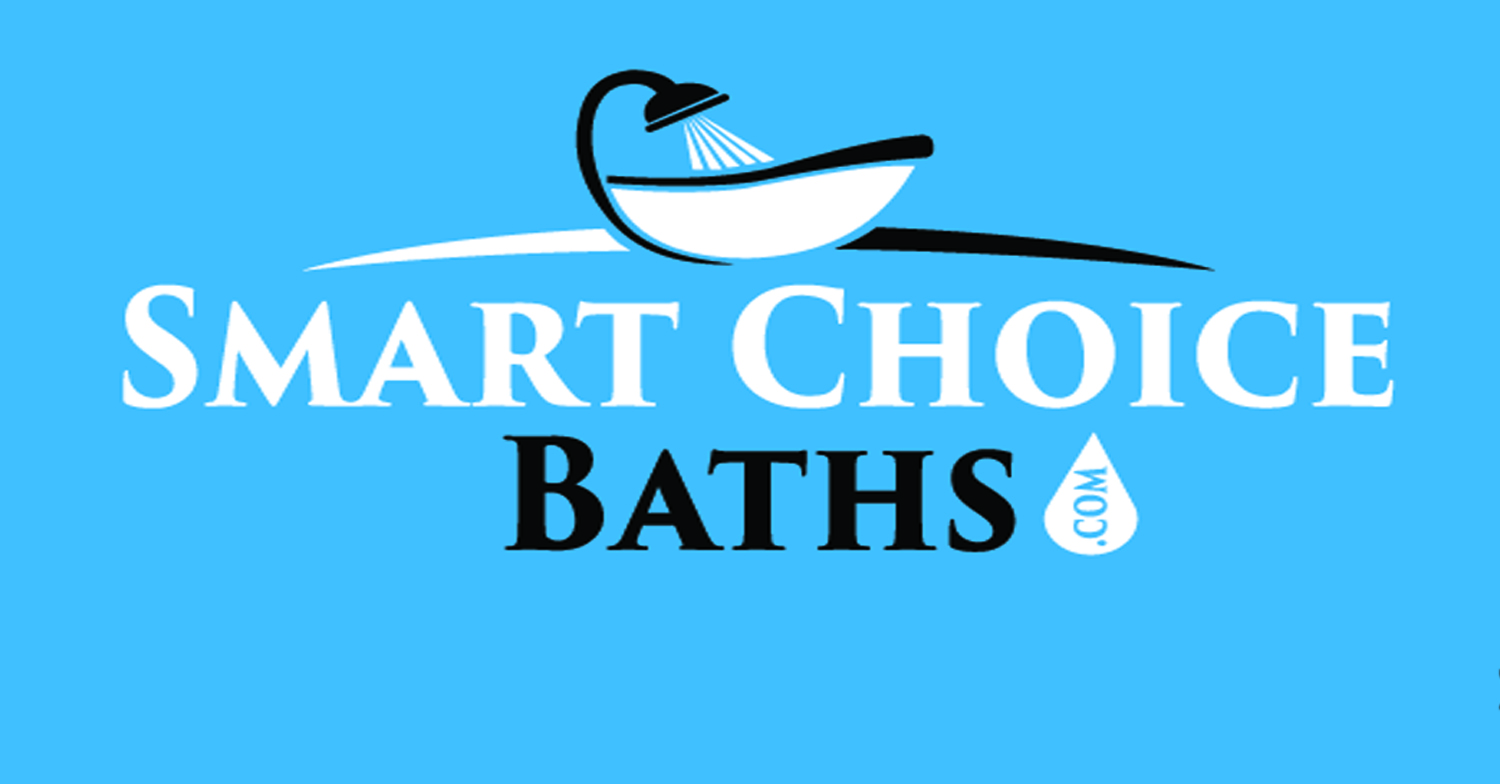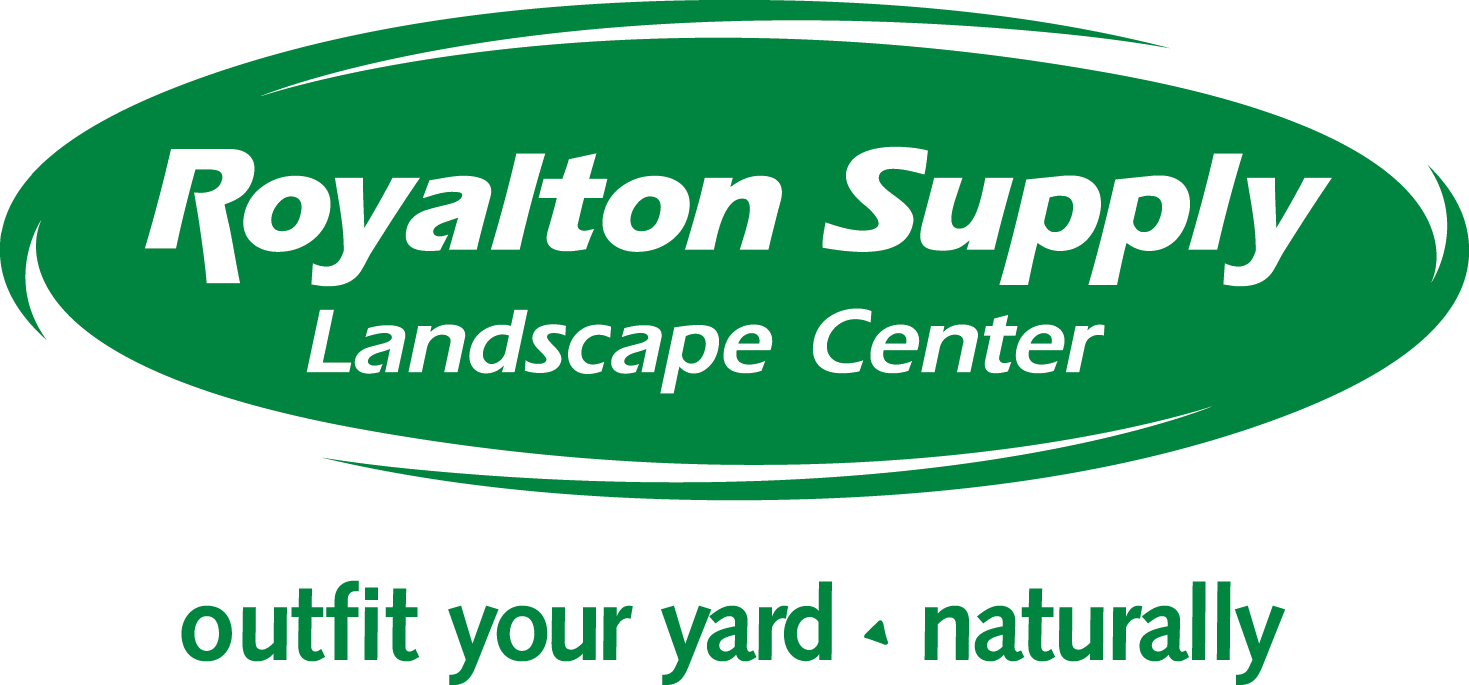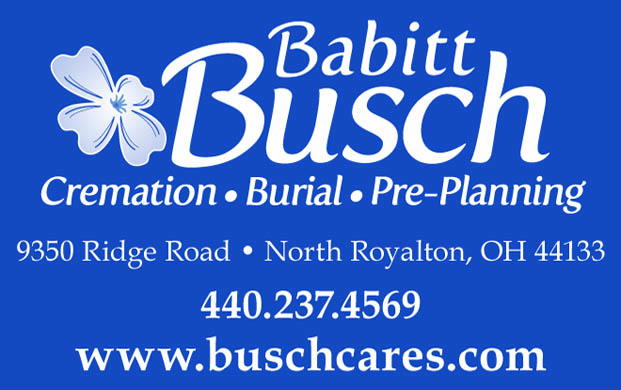As adults, each of us works hard to make our monthly income cover the necessities and still have some left over at the end of the month for retirement savings and long-term goals. Wouldn’t it be great if we could have had a “trial run” at adult spending decisions while we were still young and able to choose our future career?
That’s the idea behind Real Money. Real World., a program developed by Ohio State University Extension and coordinated locally by Pat Poinsatte (grade 7/8 social studies teacher) at Saint Albert the Great School. This program allows middle and high school students to make life choices and get a taste of the real world.
On October 25, students from Saint Albert the Great School had an opportunity to experience first-hand how expenses and necessities, as well as luxuries, must be balanced with the reality of monthly income. Students were given an occupation, monthly income, credit card debt, and even a child or two. “Real Money. Real World. helps youth realize that their career choice, the education required for a career, and potential lifestyle are related,” said Ed Vittardi, principal.
Here’s how Real Money. Real World. works: School officials and the local program coordinator invite community business representatives and volunteers to volunteer at spending booths at the school. The booths provide various services such as banking, groceries, transportation, child care, and utilities. With their monthly “paychecks” in hand, students are required to visit each store to purchase goods and services. Those who spend wisely may have money left over at the end of the month. Students who make lower salaries or make expensive purchases barely break even, or may even go bankrupt. For those who can’t make ends meet, there’s a Finance Advice booth where advice and options are offered.
It’s all just make-believe, but it carries a serious message. “A lot of teens have big ideas about buying a fancy car or a big house, but they really can’t afford it. Going through Real Money. Real World. and seeing for themselves how expensive life can be makes a big impact with the students,” said Poinsatte. Real Money. Real World. is planned to simulate real life as closely as possible. Students select or are assigned based on their GPA or are assigned a random career, and number of children. They quickly learn how child care is one of their biggest expenses. They also must visit the “chance” booth where “life” deals them something unexpected. It could be good, like winning free groceries or bad, such as having to buy new tires for the car.
St. Albert students link education with their future through live “Real World” simulation
Royalton Recorder St. Albert students link education with their future through live “Real World” simulationNov 7, 2016




